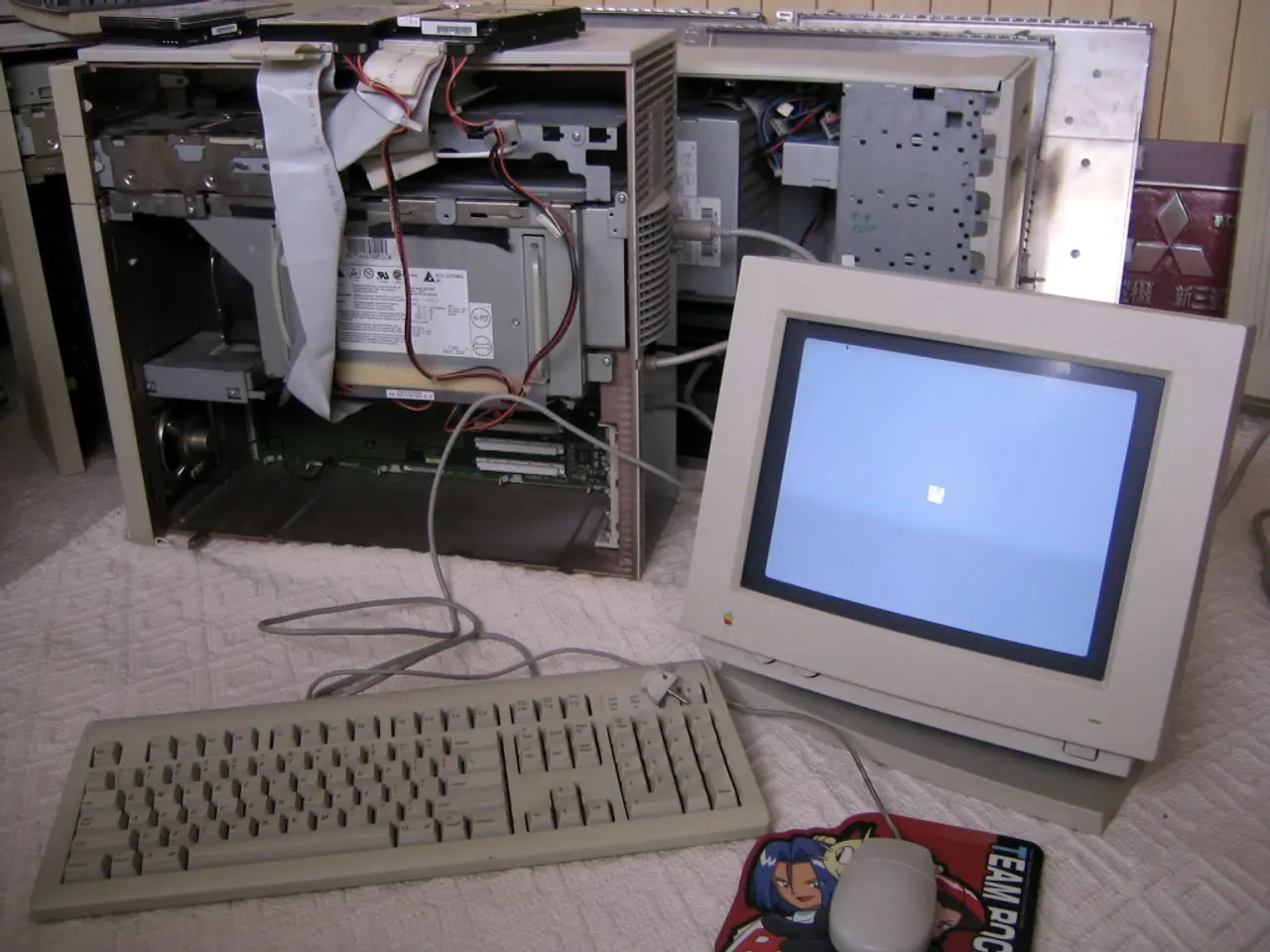Farewell to the Blue Screen of Death: Bid adieu to Windows BSOD brings a peculiar sense of sorrow
After nearly three decades, Microsoft is retiring the Blue Screen of Death (BSOD) and replacing it with a modern diagnostics overlay, marking the end of an era in personal computing.
Origins of the BSOD
The BSOD first appeared in Windows NT 3.1 in 1993 as a "stop error" screen signaling a critical system crash that halted safe operation. Its origins trace back even earlier to simple blue screens in versions like Windows 1.0 (1985), which were basic messages rather than crash indicators. The modern BSOD became prominent with the more complex NT line of Windows.
A Symbol of Windows Instability
The BSOD was especially frequent in the less stable Windows 9x systems (Windows 95, 98, Me) that lacked robust memory protection. It became iconic partly due to notable public crashes, such as during Bill Gates' 1998 Windows 98 presentation when a device driver error triggered a stop error onstage.
Under the hood, BSODs provided detailed bug check information to aid debugging and troubleshooting, often related to faulty drivers or hardware problems. Tools like Microsoft's Driver Verifier and WinDbg helped developers analyze these crashes.
Impact on Users
The BSOD has long served as a clear and alarming symptom to users that a fatal system error has occurred, often requiring a reboot and sometimes leading to data loss. It has become a symbol of Windows system instability, especially in earlier eras.
Modernizing the BSOD
Microsoft has evolved the BSOD in appearance and functionality over time, and starting with Windows 8, it includes a more user-friendly design with emoticons and QR codes simplifying diagnostics. There are indications Microsoft plans to move away from the traditional BSOD as part of broader system stability and user experience improvements, but no definitive plan to fully retire it has been publicly detailed as of mid-2025.
Nostalgia for the BSOD
The passing of the BSOD marks the end of an era when computers declared their errors out loud, teaching users to pay attention to their PC's health. For those who grew up in the 90s and 2000s, the BSOD was a rite of passage through personal computing of the desktop nature. Many technology journalists, including the author, express nostalgia for the BSOD, as it was a significant part of their personal computing experience.
The Legacy of the BSOD
Despite its impending retirement, the BSOD still plays a critical role in crash reporting frameworks and kernel debugging in current Windows versions. It has left an indelible mark on the history of personal computing, teaching users about the fragility and fallibility of technology, a lesson that no polished UI could ever provide.
According to a 2019 report, employees lost 30 minutes per week due to PC troubleshooting issues. While the BSOD may have been a source of frustration, it also served as a reminder of the importance of maintaining a healthy and stable computing environment.
As we bid farewell to the Blue Screen of Death, we remember the lessons it taught us and the memories it created. The BSOD was more than just an error screen; it was a symbol of a time when computers were less reliable and users were more intimately involved in their maintenance. Though it may be replaced by a more modern diagnostics overlay, the impact of the BSOD will continue to be felt in the world of personal computing.
[1] Windows Central [2] TechRadar [3] ZDNet [4] Microsoft Docs [5] Microsoft Docs
Gadgets like smartphones might never display a Blue Screen of Death (BSOD), as these modern devices generally handle errors differently than traditional personal computers.
Advancements in technology, such as Windows Central's modern diagnostics overlay, are replacing the iconic BSOD of yesteryear, altering the computing landscape.




